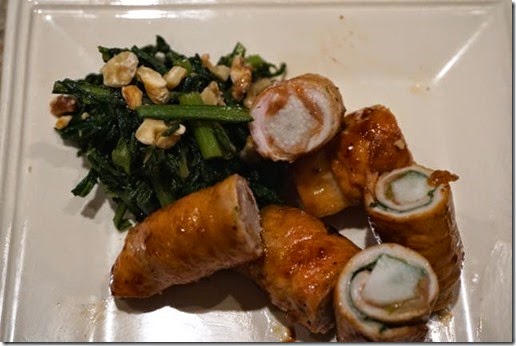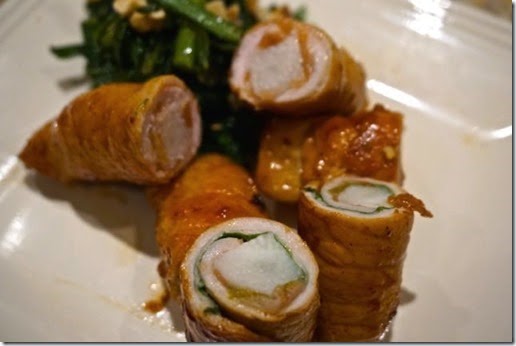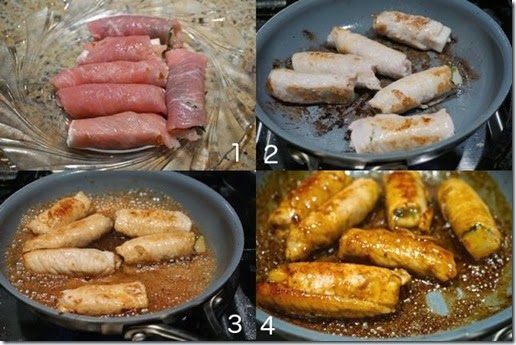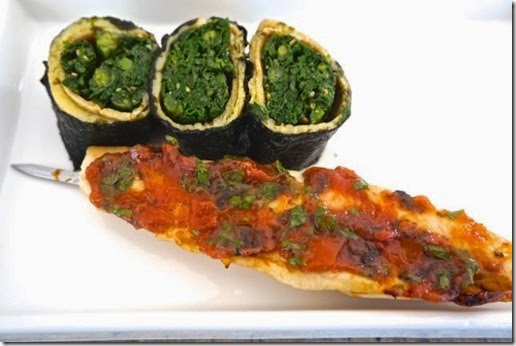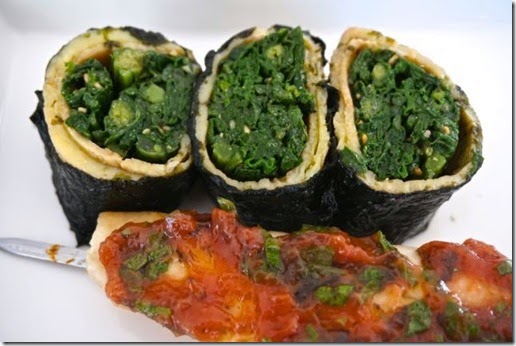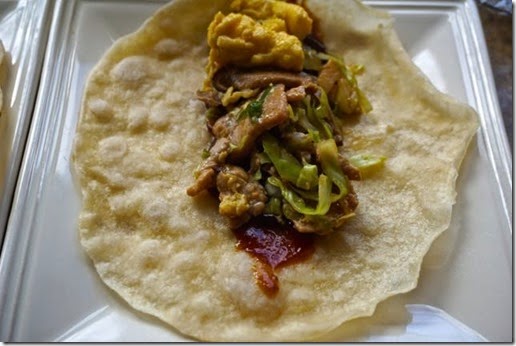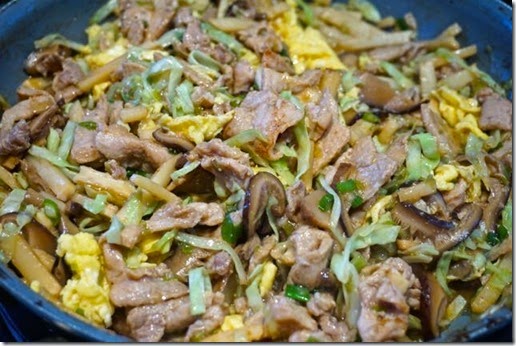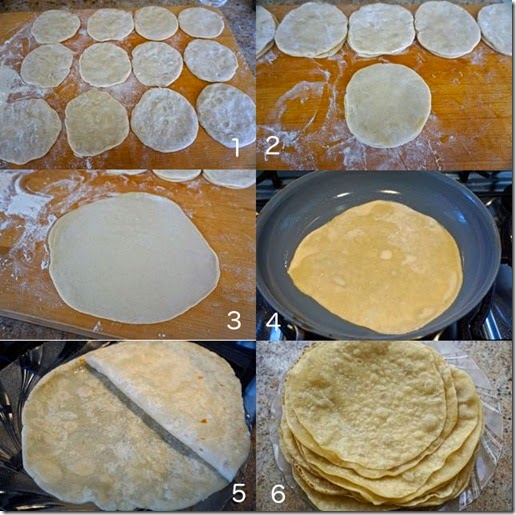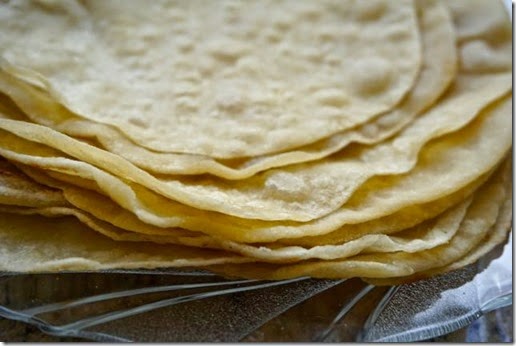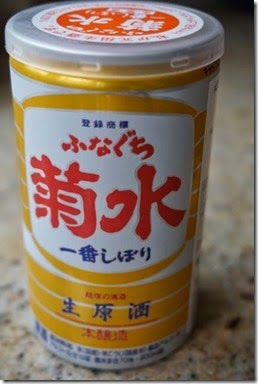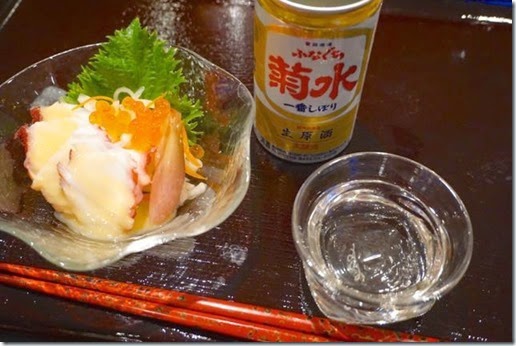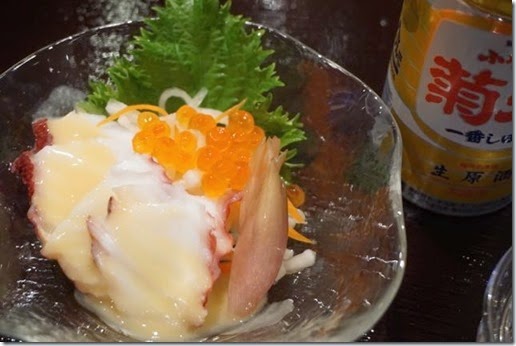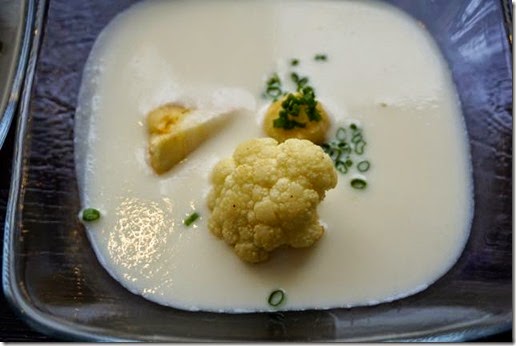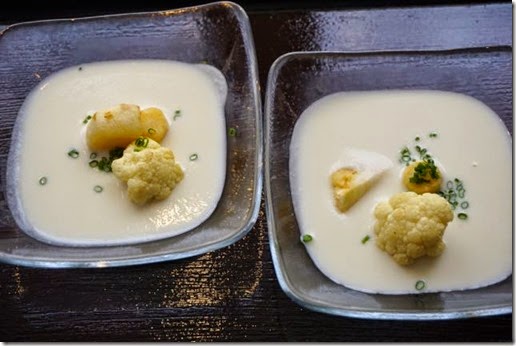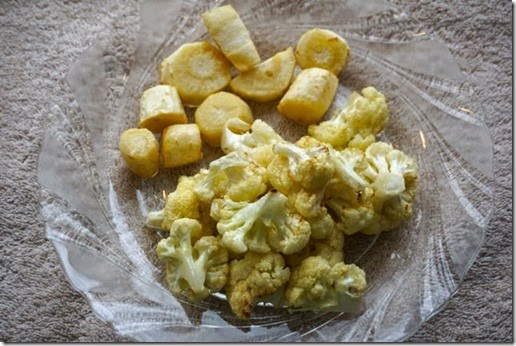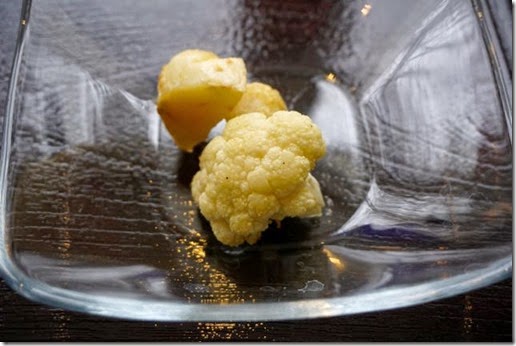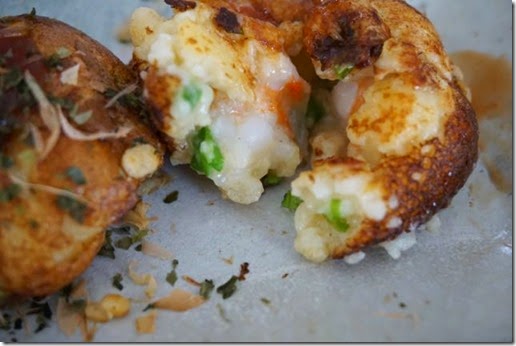We had some business to attend to in downtown Bethesda and since the timing was perfect, we had a chance to go back to the Japanese restaurant "Yuzu" 柚子 after almost 2 years.
On our last visit, it was still in its “soft-opening”. Again we went for "Omakase" お任せ ($80, the smallest one offered since we tend to get full very quickly). When we sat down and greeted Chef "Yoshi Ota", he remembered us despite our 2 year absence and mentioned
the post we wrote about our experience at the restaurant 2 years ago. We were honored.
The sake menu has improved but is not extensive. Chef Yoshi again lamented the fact that he had to go through the Montgomery county liquor board to purchase sake which makes it difficult to have an extensive list. We choose the tried-and-true Suigei junmai 酔鯨純米. He served the sake in a stem-less white wine glass so that we could swirl and enjoy the aroma. Suigei has a pleasant non-yeasty nose with slight green apple taste. On this occasion, this sake tasted a bit sweeter than I remembered. Towards the end, we (I, in particular) wanted a bit more sake to complement the last dishes and had “Kikusui genshu” 菊水原酒 which came in a 200ml “cup”. We had this first at “
Sakamai” 酒舞, New York some years ago in a “Genshu” tasting. This time, it seemed to have an almost a turpentine flavor.
The starter was "nuta" ぬた of tuna, avocado and cream cheese wrapped in nori. Sweet, nutty and sour "nuta" sauce (miso paste, vinegar and sugar) was a good contrast of flavor and texture to the tuna, avocado (nicely ripened) and cream cheese.
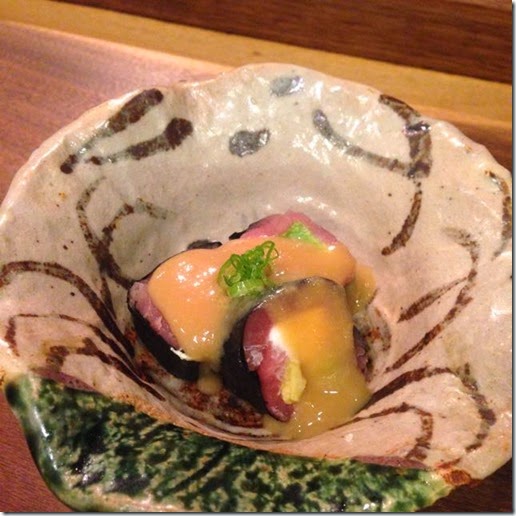
Next came a very nice refreshing plate of scallop carpaccio. Thin slices of raw scallop were placed on a bed of wakame seaweed 若芽, They were accompanied by almost jewel-like colorful mini-tomatoes (with the skin removed of course), thinly sliced cucumber and red radish. A yuzu (Japanese citrus) dressing completed the dish. The combination of gentle sweetness of the scallops with the refreshing tang of the tomatoes and yuzu dressing was very balanced; a beautiful and tasty dish. The delicate interplay of tastes and texture set the tone for the rest of the dishes that followed.
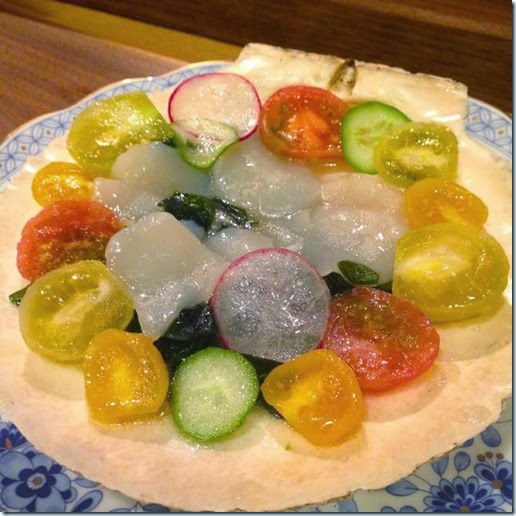
This is another raw fish dish of “hirame” (sole or flat fish) and salmon. The hirame tasted cured with a nice texture. I thought it was kelp cured but Chef said it was salt cured. It was served with a garnish of fried onion bits, finely chopped green scallion, and pine nuts. The dressing was white truffle oil and soy sauce (I am sure this is “sashimi” soy sauce). Each morsel was a progression of taste and textures that was sublime. First the taste and texture of the fish, followed by the crunch and mild burst of flavor from the fried onion bits, then another crunch and the flavor of pine nuts. All packed on one small slice of fish and suffused with the flavor of the truffle.
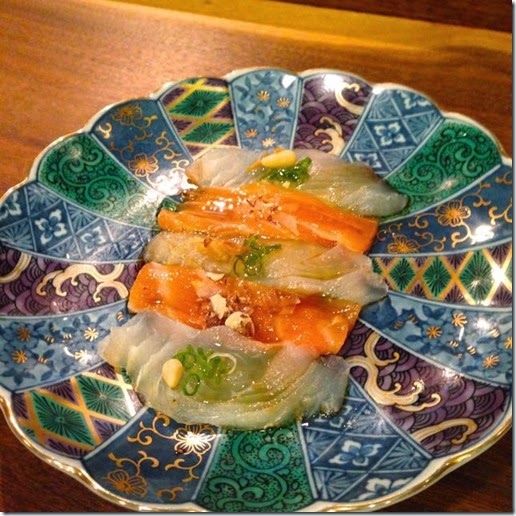
When I saw Chef Yoshi preparing the next dish, I thought this was an eggplant
dengaku 茄子の味噌田楽 but, to my surprise, this was a miso marinated piece of “Gindara” 銀鱈 (sable fish or black cod), grilled with miso and meat sauce 肉みそ on the top. Gindara has a very moist nice flavor and texture similar to Chilean sea bass. The miso sauce had a nice nutty and salty taste. The combination of the succulent tender fish with the miso based meat topping made this a remarkably comforting dish. The size of the portion was quite generous allowing us to almost wallow contentedly in the pleasure of each bite. This was a dish to savor. Chef Yoshi mentioned, it would have been “perfect” with a bowl of white rice but it went very well with cold sake we were having.
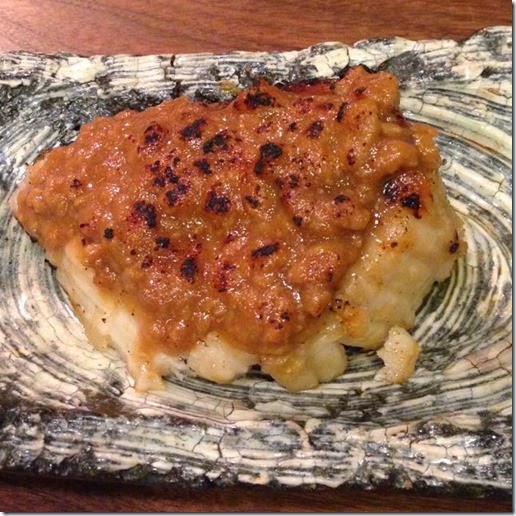
Next came ”Amadai tatsuta age アマダイの竜田揚げ” or deep fried marinated tile fish which was served with ponzu sauce with graded daikon and red pepper flakes.
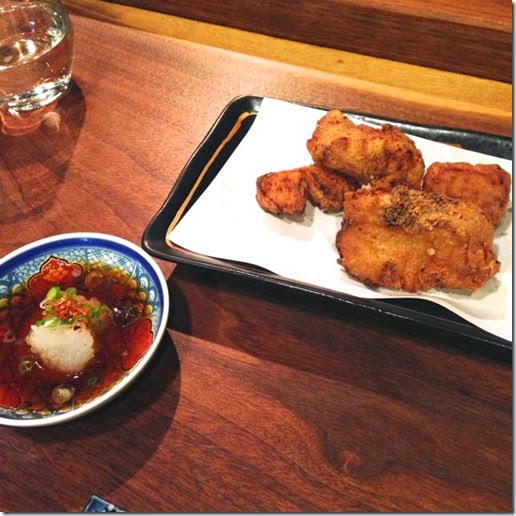
We immediately started digging in. Chef Yoshi thought this dish was not particularly photogenic and added several fried green beans. By then, only two pieces remained.
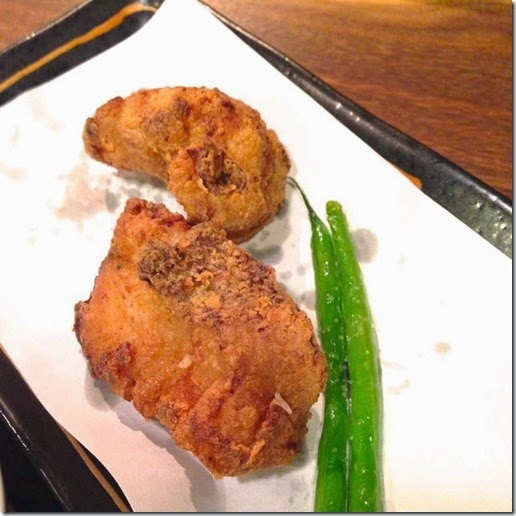
Next, we proceeded to the sushi course. Chef Yoshi first prepared a real wasabi rhizome 山葵大根 (grated on a traditional shark skin grater). I did not take pictures of all the sushi (I got too busy eating). Chef Yoshi did a great job with the “sushi” progression starting with hirame “engawa” ヒラメの縁側 (#1), meat of dorsal fin, which happens to be my ultimate favorite. I love the firmness of this part of hirame. This was followed by botan ebi shrimp 牡丹エビ which was sweet with a nice “nettori” ねっとり texture (hard to translate to English) . Then we progressed to oiler red meat fish including salmon (#3), fatty tuna (straight) which was immediately followed by aburi tuna 鮪の炙り (#4). The same tuna tasted quite different and showed nice contrast. Although Chef Yoshi commented that the quality of Maine uni he had was not of the quality of California uni, the
gunkan 軍艦 of salmon roe and sea urchin was great (#5).
This combination is my wife’s absolute favorite. As in any good sushi course, the second to the last dish was “anago” 穴子 sea eel with “Tsume” ツメ sauce (#6).
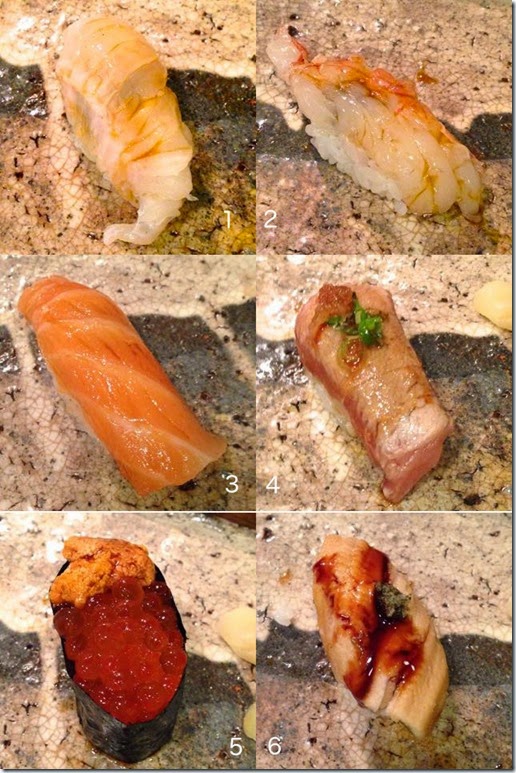
Almost like desert, the last one was a Japanese sweet omelet which was still warm. Perfect last item.
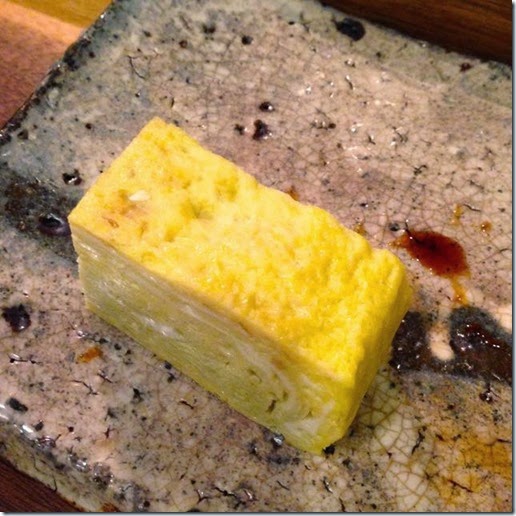
At this point, we were presented with a desert menu but we were really full and declined. The meal was more than complete without it. The sweet omelet was in effect a desert enough for us. We really enjoyed this omakase dinner. Yuzu has been open for 2 years and seems to have hit its stride with things falling nicely into place. We were struck by the subtle complexity of texture and taste built seamlessly into each dish reflecting the unique artistry of the chef. The evening was not particularly busy and we got all the attention of Chef Yoshi—which we selfishly enjoyed immensely .
